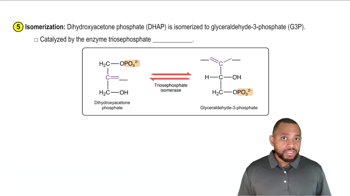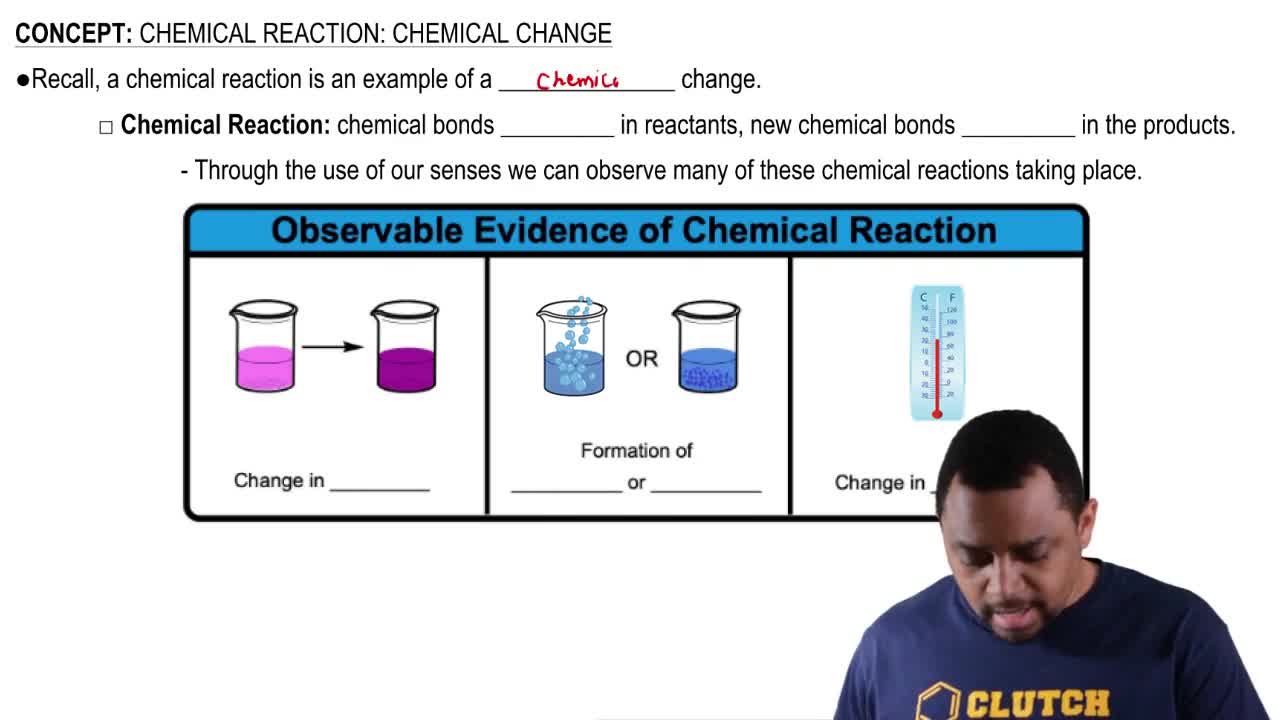Textbook Question
What is wrong with the following structures?
a. CH3=CHCH2CH2OH
1285
views

 Verified step by step guidance
Verified step by step guidance Verified video answer for a similar problem:
Verified video answer for a similar problem:



 4:29m
4:29mMaster Intro to Hydrocarbons Concept 1 with a bite sized video explanation from Jules
Start learning